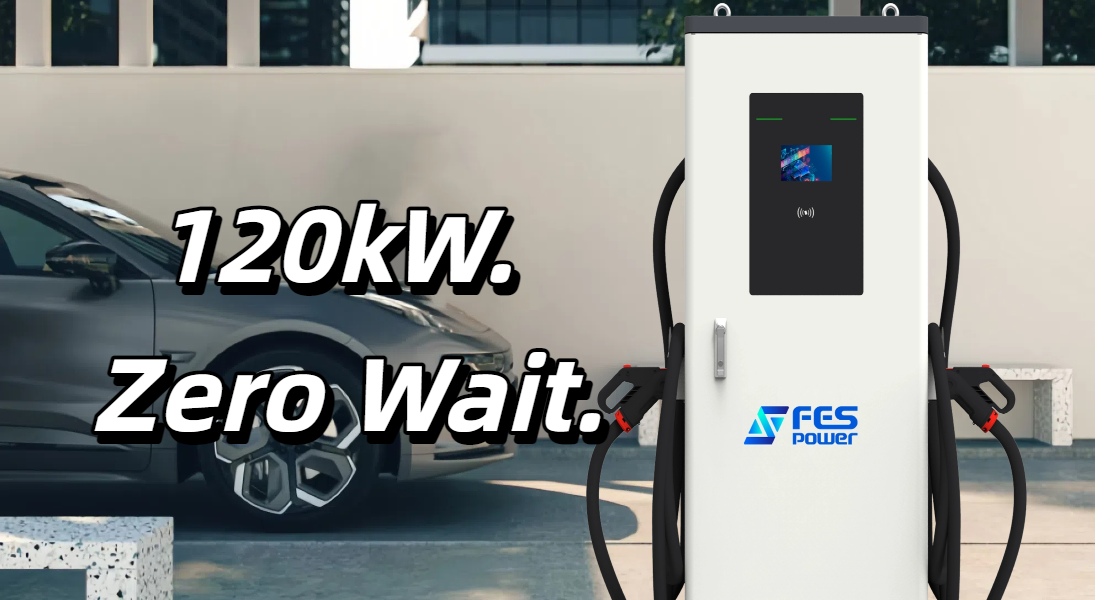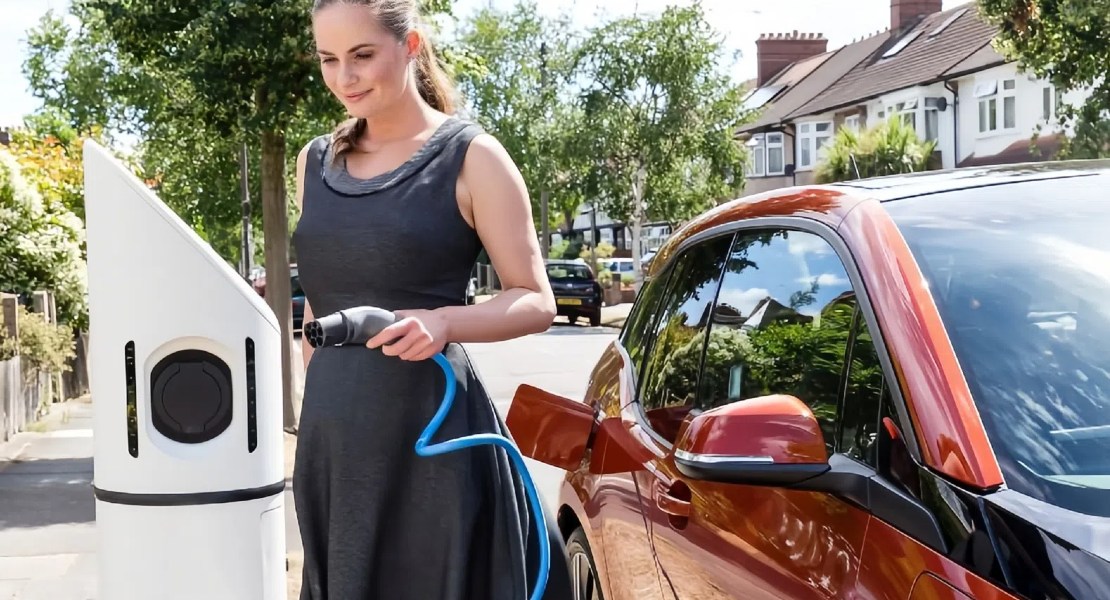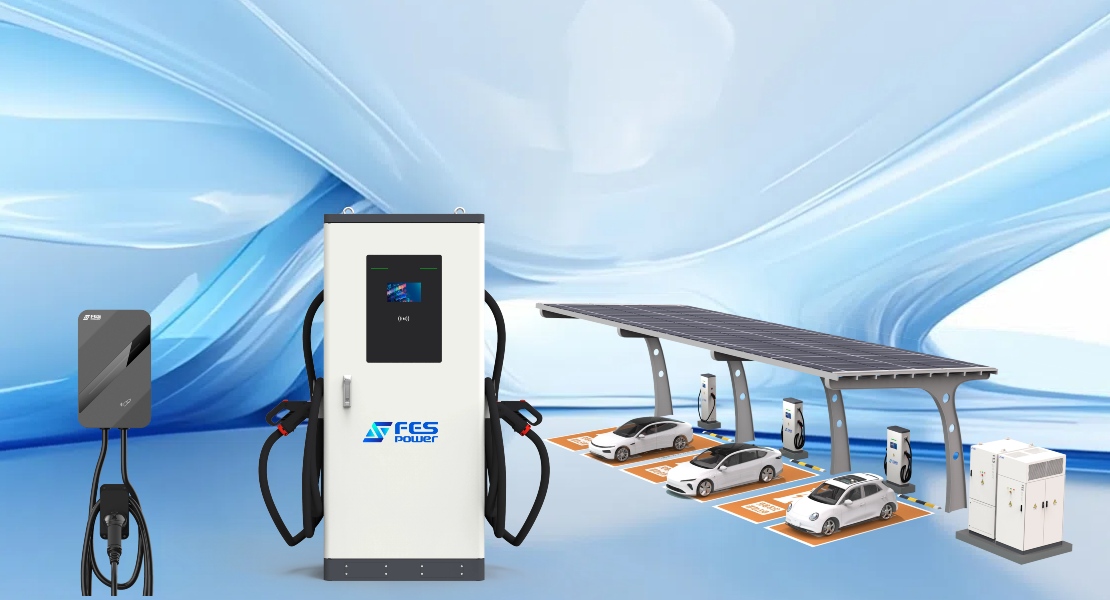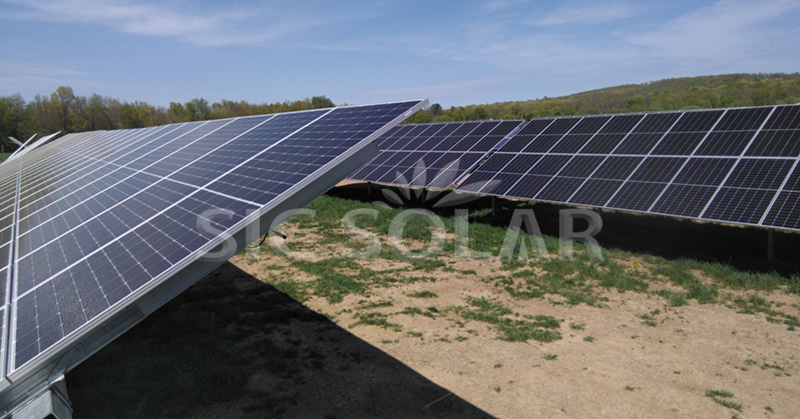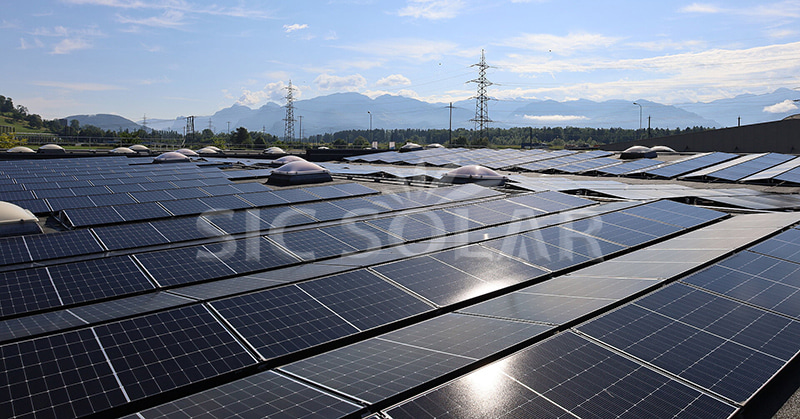⛽Why is the U.S. promoting a gas station-style EV infrastructure?
The U.S. Department of Transportation’s National Electric Vehicle Infrastructure (NEVI) program emphasizes deploying EV fast chargers at highway rest areas, gas stations, and truck stops. The goal is to replicate the convenience of the traditional refueling model—“charge anywhere, anytime”—and accelerate public acceptance of electric mobility.

🧾What real-world problems can this model solve?
One of the biggest concerns for EV drivers is charging convenience and wait time. Integrating charging stations into existing gas stations and rest stops helps reduce the time spent locating chargers and improves infrastructure utilization. For long-distance drivers and logistics fleets, this approach provides more reliable and accessible charging.
⛰️What challenges still remain?
Despite its promise, the gas station model faces hurdles:
⭐️Grid capacity: High-power chargers put significant demand on local distribution systems.
⭐️Capital investment: Substantial upfront costs are required.
⭐️Business models: Striking a balance between charging price, user experience, and operating cost remains complex.
This highlights the need for flexible, efficient charging solutions to complement large-scale infrastructure investment.

🖥️What kind of solutions do businesses need?
To succeed in this transition, operators require chargers that support both permanent deployment and flexible expansion. Our company offers a full portfolio tailored to these needs:
🎉120–160kW DC fast chargers – ideal for gas stations and highway service areas to ensure high-efficiency charging.
🎉46–60kW Meta+ mobile charging units – with built-in energy storage, providing flexible deployment and emergency charging without heavy grid upgrades.
🎉150–480kW solar + storage ultra-fast chargers – integrating renewable energy to lower long-term operating costs.
These solutions not only support NEVI-style permanent infrastructure but also allow operators to respond quickly when demand is uncertain.
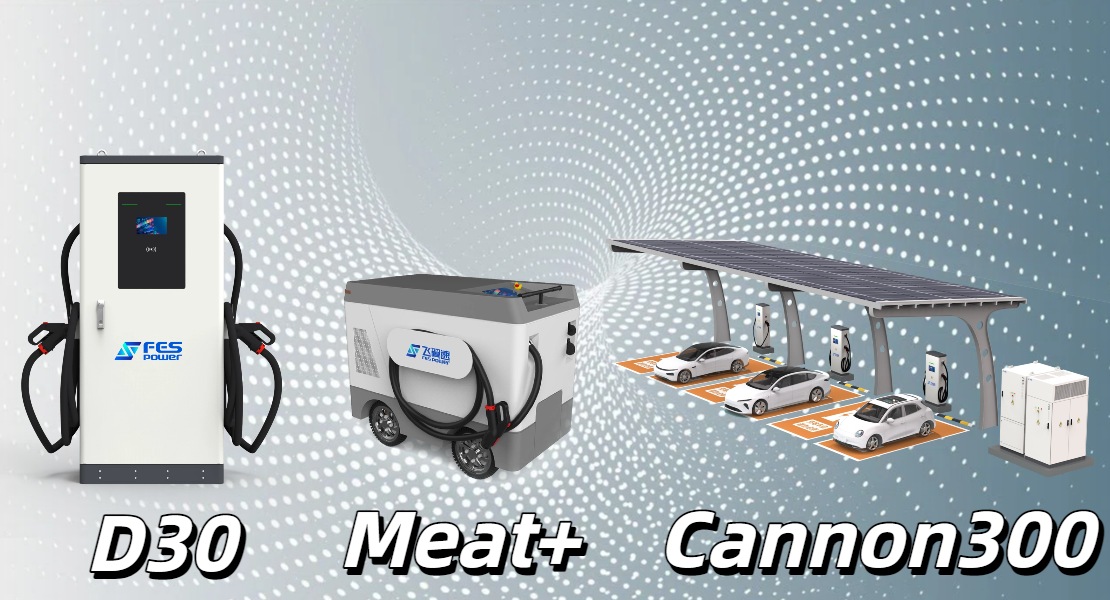
🔬What does this mean for the future of EV charging?
The NEVI program shows that EV charging is no longer just infrastructure—it is becoming a convergence of energy, transportation, and business models. For cities, fleets, and enterprises, investing in diverse charging options will be critical to staying ahead of industry change.
In the future, a combination of fixed fast charging, mobile charging, and renewable-powered solutions may define the new normal for EV infrastructure.
Want to learn how our Meta+ mobile chargers and ultra-fast solutions can fit into the gas station model of tomorrow? Get in touch with us today https://www.fescharging.com/.



